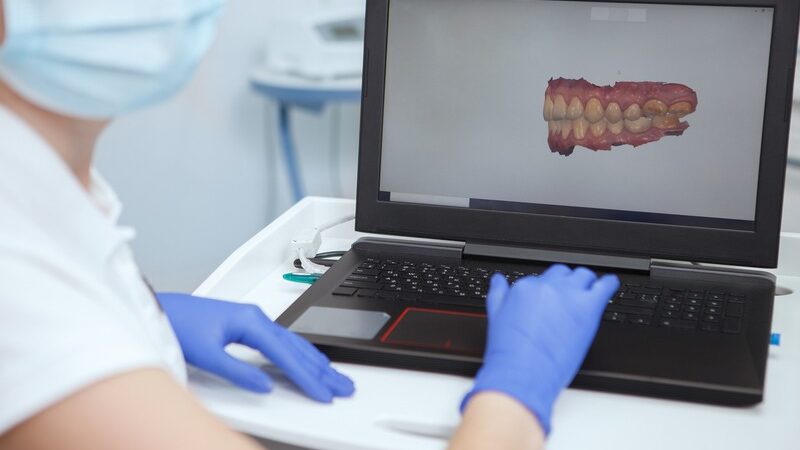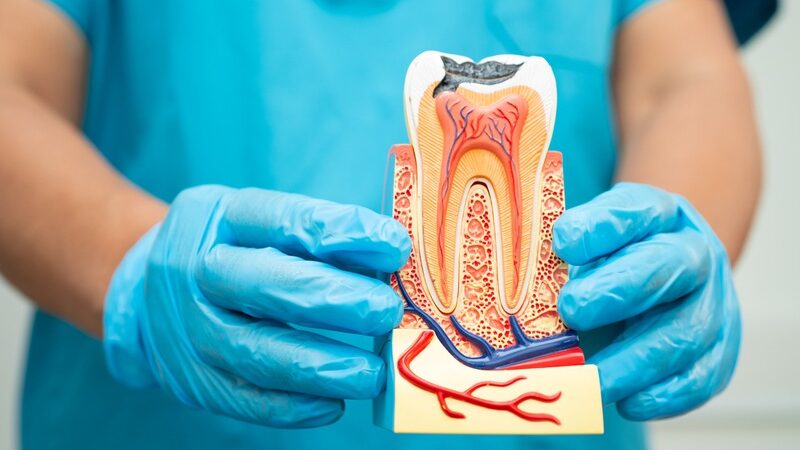Are you considering getting dental implants? Great decision. Dental implants are top-notch solutions for restoring your smile, enhancing your ability to chew, and increasing your confidence. But how do you actually get dental implants? Let me guide you through each step of the process. Ready? Here we go.
1. Initial Consultation
The first step in getting dental implants is to meet with your dentist for an initial consultation. This is where you’ll discuss your dental history, any concerns you may have, and your ultimate smile goals. Your dentist will probably take some X-rays and perhaps do a 3D scan of your mouth to make sure that you’re a good candidate for dental implants.
2. Creating a Treatment Plan
Once your dentist has gathered all the necessary information, they’ll create a personalized treatment plan for you. This plan will include the number of implants you need, the type of implants, and the timeline for your treatment. This is a great time to ask any questions you might have and make sure you’re comfortable with the plan provided by dental clinics like PK Dentistry.
Pre-Surgery Preparations
Before the actual implant surgery, there might be a few preparatory steps you’ll need to take. These can include anything from treating existing dental issues like gum disease to possibly undergoing bone grafting if your jawbone isn’t thick enough to support the implants. Your dentist will guide you through all of these steps.
3. The Day of the Surgery
Alright, now comes the big day: the surgery itself. Don’t worry; it’s not as scary as it sounds. The procedure is usually performed under local anesthesia so that you won’t feel a thing. Here’s a basic rundown of what happens:
-
The dentist will make a small incision in your gum to expose the jawbone.
-
A hole is drilled into the bone where the implant will be placed.
-
The titanium implant is inserted into the bone socket.
-
The gum is then stitched up to cover the implant.
And that’s pretty much it for the surgery portion. Simple, right?
Post-Surgery Care
After the surgery, you’ll need to follow some post-operative care instructions to ensure everything heals properly. This might include taking prescribed medications, eating soft foods, and avoiding strenuous activities for a little while. Your dentist will give you specific guidelines to follow.
4. Osseointegration Period
Now, we enter the osseointegration phase, which is a fancy term for the healing period where the implant fuses with your jawbone. This can take anywhere from a few months to half a year. During this time, you’ll have regular check-ups with your dentist to make sure everything is progressing as it should.
Attaching the Abutment
Once the implant has successfully fused with your jawbone, it’s time to attach the abutment. The abutment is a small connector that will hold your new tooth (or teeth) in place. This is usually a quick and straightforward procedure performed under local anesthesia. Your dentist will open up the gum, attach the abutment to the implant, and then close the gum tissue around it.
5. Creating and Placing the Crown
With the abutment in place, the next step is to create and place the crown—the part of the implant that looks like a natural tooth. Your dentist will take impressions of your mouth to create a custom crown that matches the color and shape of your existing teeth. Once the crown is ready, it will be attached to the abutment, and voila. You’ve got a brand-new tooth.
Final Adjustments
Don’t be surprised if you have to return for a few minor adjustments after your crown has been placed. These appointments ensure that your bite is even and that the new tooth is as comfortable and functional as possible. Your dentist will fine-tune everything to perfection.
6. Long-Term Care
Having dental implants is almost like having natural teeth, but they’ll require some special care to keep them in tip-top shape. Some tips for maintaining your implants include:
-
Brushing twice a day with a soft-bristled toothbrush
-
Flossing daily with implant-friendly floss or tools
-
Using an antibacterial mouthwash
-
Visiting your dentist regularly for check-ups and cleanings
By following these guidelines, you can ensure that your dental implants last for many years to come.
Enjoying Your New Smile
One of the best parts about getting dental implants is finally being able to enjoy your new smile. Whether you’re eating your favorite foods, speaking with confidence, or just flashing a grin for a selfie, dental implants can make a huge difference in your quality of life.
If you’re thinking about getting dental implants, consider speaking with a highly recommended dentist in Lansdowne VA, to explore your options. They can provide personalized care and ensure you have a smooth experience every step of the way.
Final Thoughts
So there you have it—the complete rundown of all the steps involved in getting dental implants. From the initial consultation all the way to enjoying your new smile, each stage is crucial for ensuring the best possible outcome. If you follow your dentist’s advice and take good care of your implants, you’ll be enjoying their benefits for years to come. And hey, if you need more information or have any lingering questions, don’t hesitate to reach out to a trusted dental clinic for expert advice and support.






